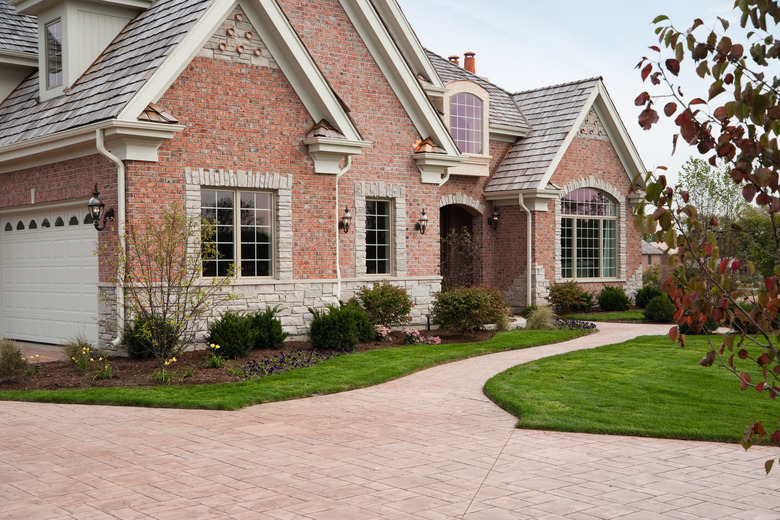What Is Exterior Cladding?
Exterior cladding may not be something to which you give a lot of thought, but it's what keeps a building safe when weather happens. It is the exterior wall covering that protects all the interior components of a house, and in North America, it's usually referred to as siding. The cladding is a critical choice in how a building holds up for the long term and how much upkeep will be needed to maintain it. Today's cladding choices are more varied than ever, offering better technical protection but also more aesthetic options.
The Sum of Its Parts
The Sum of Its Parts
Cladding materials may seem like the only choice for finishing a house, but without the proper layers beneath, the outer layer won't get the job done. Weather membranes, insulation, flashing and vapor barriers are all critical to the success of wall cladding. There are some common choices for house cladding, but others are gaining popularity today too, like fiber concrete, ceramic and solid-surface composites.
Wood, a Cladding Classic
Wood, a Cladding Classic
Wood siding options have come a long way; no longer is it just long planks of cut timber used to clad homes. Reclaimed wood is popular, but so is composite wood, fashioned from sawdust and resins that may use formaldehyde. Ultimately, wood seems like an environmental choice, and some composite sidings can be recycled wood products given new life, but further investigation may reveal off gassing and other negative effects, so doing your homework for particular products is wise.
There are new techniques, like the charred-wood effect made popular in Japan, with environmentally friendly fire-and-oil treatments that give wood a beautiful, natural finish while giving it hardcore protection from weather and bugs.
Wood is always able to be painted for a new look, but it also needs that constant maintenance every few years or decades, which is partly why other cladding trends are on the rise.
Vinyl Siding Exterior Cladding
Vinyl Siding Exterior Cladding
Over a quarter of recent home constructions have been finished with vinyl siding. It's very inexpensive, has long warranties and offers an insulated option that increases the R-value for homes. It's available in a wide array of looks and can be easily installed. However, it's also made from polyvinyl chloride, which – besides being a nonrenewable resource – is a known carcinogen in its manufacturing state as well as if the material burns.
Brick and Mortar
Brick and Mortar
Bricks are the longest-lasting exterior building product. Visit Rome, Italy and you'll find buildings still standing after 2,000 years that are made of brick. Today's brick products benefit from modern engineering methods but also from a variety of new materials that are increasing strength with more finishing choices.
The downside to bricks and cement is the energy required to create them, thanks to mining the cement and kiln-baking bricks, which makes them seem environmentally questionable. However, on the upside, they're fantastic for capturing heat, making them highly insular for homes. On top of that, once they're installed, they're finished. There is no need to paint and no need to do constant repairs every few years. They can literally last several lifetimes, but they're not cheap.
Metal Home Cladding
Metal Home Cladding
Metal now comes in many different styles and can have warranties as long as vinyl, up to 50 years. It is insect proof and fantastic against snow and rain. It's also fire proof, making it much safer in areas prone to forest fires, and some insurers will offer lower premiums as a result. It's low maintenance and can be replaced in sections if needed.
One downside with metal is that it can be dented. In regions known for tough hail, this can lead to having a new look after a particularly punishing storm.
